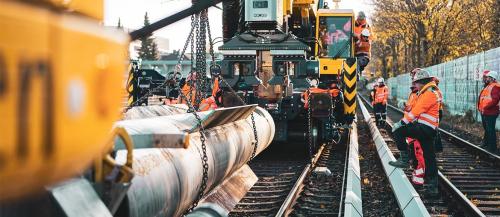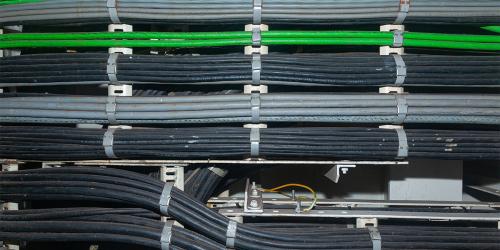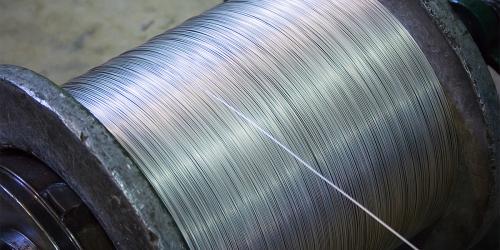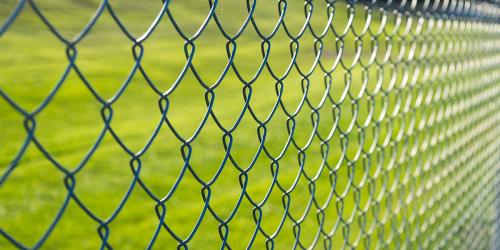More than two-thirds of the global production of nickel is used in the manufacture of stainless steel. As an essential alloying element, nickel enhances many important properties of stainless steel, including:
Formability & Ductility
An austenitic structure gives stainless steel good formability and ductility, with Type 304 (containing 8% nickel) displaying particularly good stretch-forming characteristics. When the nickel content is slightly higher (for example, Type 316 stainless steel contains 11% nickel), the austenite stability is correspondingly increased, reducing the tendency to work-hardening and improving suitability for deep-drawing. In comparison to low-nickel, high-manganese alloys, such steels are not vulnerable to delayed cold-cracking.
Weldability
Generally speaking, nickel-contaning austenitic alloys are far better for welding than other types. Unlike ferritic alloys, they are not prone to becoming brittle as a result og high-temperature grain growth, resulting in welds that have exceptional impact and bending properties. The addition of nickel makes stainless steel readily weldable no matter what the thickness of the sections.
Toughness
A material's ability to absorb energy without breaking is essential to the success of countless engineering applications. Though most stainless steels display adequate toughness at standard temperatures, those with a ferritic structure become progressively more brittle, making them unsuitable for use at extremely low temperatures. Austenitic stainless steels retain their toughness even at cryogenic temperatures such as that of liquid helium (-270°C).
High-Temperature Properties
The addition of nickel gives stainless steel greater strength when used in high-temperature applications and where fire-resistance is required. Nickel stabilises the protective oxide film, reducing the incidence of spalling during thermal cycling. Stainless steel containing nickel resists the tendency to move or deform under mechanical stress, a process known as 'creep'.
Sustainability
Most materials containing nickel are totally recyclable at the end of the product’s life and recycling is encouraged by a high value. This reduces the need for using virgin materials and thus lessens environmental impact. The amount of stainless steel scrap currently in use reduces the energy needed for stainless steel manufacture by a third, in comparison to using 100% virgin materials.
To receive more articles and features like this, along with lots of other updates and industry news from BS Fixings, please subscribe to our VIP Club.






